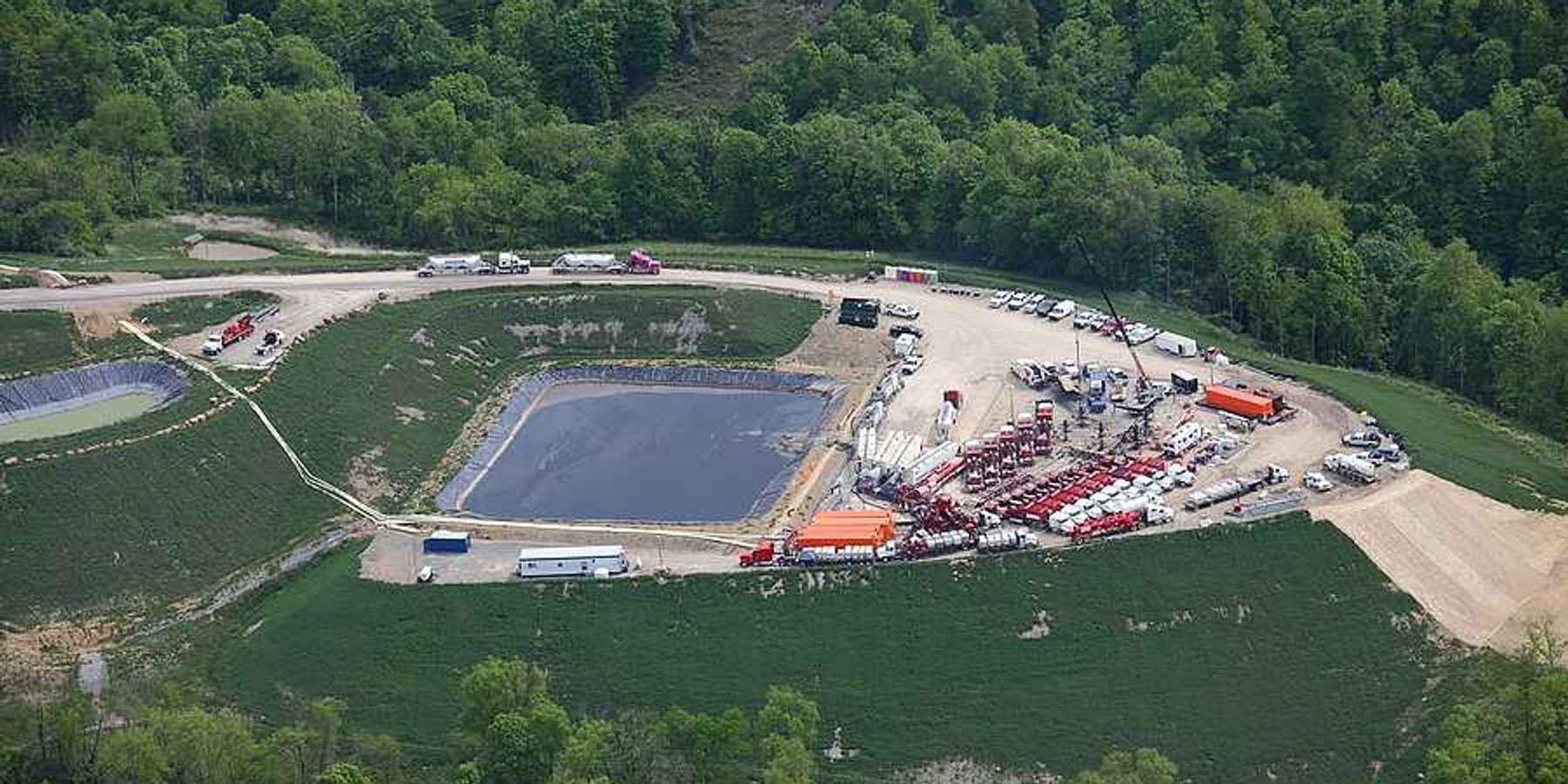California moves forward with landmark plastic waste reduction law
SB 54 will dramatically alter how plastic and packaging waste is managed. How will it be implemented?
SAN FRANCISCO – Every day, 58-year-old Armando Monroy separates tons of trash at the Beacon Grand Hotel in San Francisco's Union Square.
The hotel basement has four recycling tanks where Monroy finds waste that is not sorted correctly, including plastic containers, paper, cans, cardboard, glass and food.
“People don't understand,” he told Environmental Health News (EHN) in Spanish, adding that guests often visit from places that lack the same infrastructure for recycling.
That single hotel’s trash is a drop in the bucket: Californians discard about 15,000 tons of plastic into landfills every day, enough to fill 290 Olympic-size swimming pools, according to the California Department of Resources Recycling and Recovery (CalRecycle). Packaging alone accounts for more than a quarter of total landfill waste by weight and more than 50% by volume.
Monroy and other advocates across California working to reduce plastic pollution are hopeful that a new law will change that. The act requires significant reductions in plastic packaging and foodware, and a dramatic increase in packaging recycling. In 2022 Governor Gavin Newson signed the Plastic Pollution Prevention and Packaging Producer Responsibility Act, more commonly known as SB 54, which mandates that all single-use packaging and plastic food service ware like cutlery, takeout containers, plates and cups in California be recyclable or compostable by 2032, with a 25% reduction in single-use plastic packaging and food service ware and a 65% recycling rate for these materials. Companies that don’t comply will face steep fines up to $50,000 per day for each violation.
CalRecycle, responsible for the law’s implementation, is now holding public workshops to solicit input from industry, local jurisdictions, environmental organizations and the public to will support a gargantuan project: drafting regulations that must be adopted by Jan. 1, 2025 and overseeing the expansion of infrastructure needed to meet the law’s objectives.
Este ensayo también está disponible en español
“California is committed to building a circular economy and moving to a zero-waste future,” said CalRecycle director Rachel Machi Wagoner in a statement to EHN. "SB 54 sets the nation’s first specific goals to cut waste by making less packaging and plastic in the first place, reuse what we’re producing and recycle the rest to create a circular, reuse system.”
The law establishes an extended producer responsibility system, which makes companies that produce and use the covered packaging and plastic food ware products financially and physically responsible for their end-of-life management, according to CalRecycle. California already has these kinds of policies for mattresses, pharmaceuticals, carpets and paints.
Extended producer responsibility policies for packaging have also been adopted in the European Union and Canada, according to the National Caucus of Environmental Legislators (NCEL). In the U.S, California joins Colorado, Maine and Oregon in passing this type of laws for packaging. According to NCEL, 23 states introduced at least 117 bills last year to address plastic waste, including measures to establish extended producer responsibilities and to ban polystyrene and single-use plastics.
The state-level efforts coincide with a lack of federal action on plastic pollution. In 2020 and 2021, Congress failed to pass the Break Free From Plastic Pollution Act, which would have established a national extended producer responsibility requirement for plastic packaging and other materials, bans on many single-use plastic products and packaging and restrictions on plastic waste exports, among other measures. In October, Senators Jeff Merkley, D-Ore, Ed Markey, D-Mass, and Rep. Jared Huffman, D-Calif, reintroduced the bill, though passage is thought unlikely in the current Congress.
In the absence of federal legislation, SB 54 is already seen as one of the most consequential laws for reducing plastic pollution.
“The bill is significant because it requires increased plastics recycling as well as source reduction of plastics,” Isabella Gonzalez Potter, associate director of state external affairs at The Nature Conservancy, wrote in an email to EHN. “We have seen other states following California’s lead, introducing and passing similar policies. SB 54 represents a blueprint for plastics legislation that can be replicated at the state and national level.”
What California's new plastic law means for industry
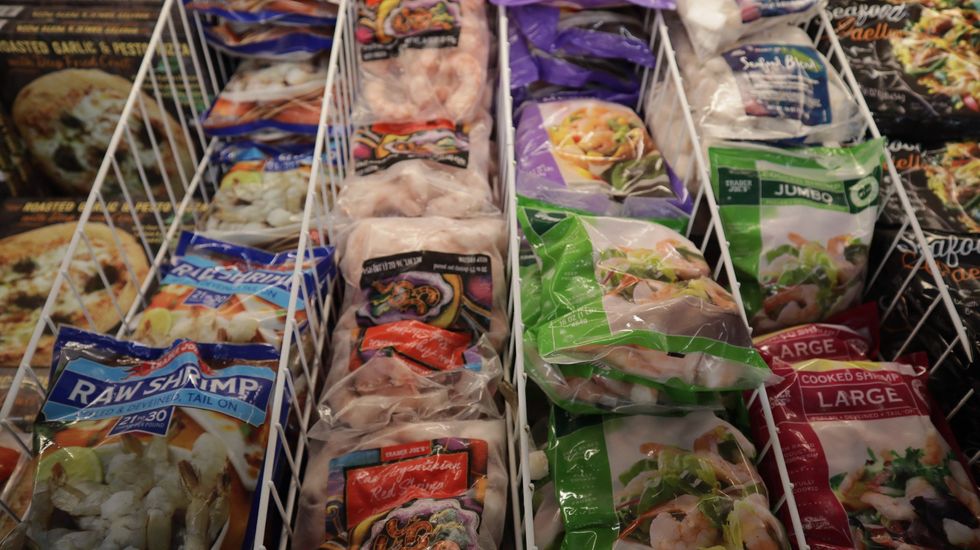
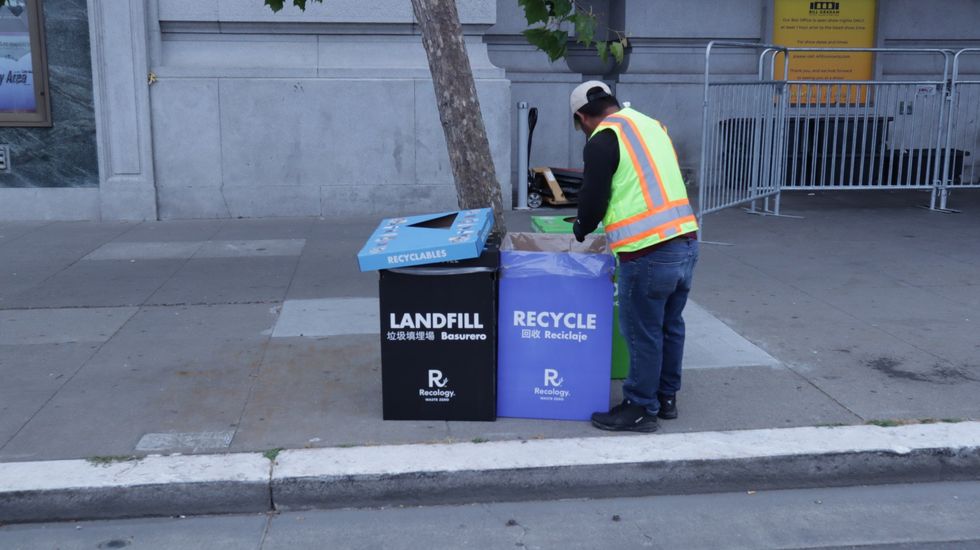
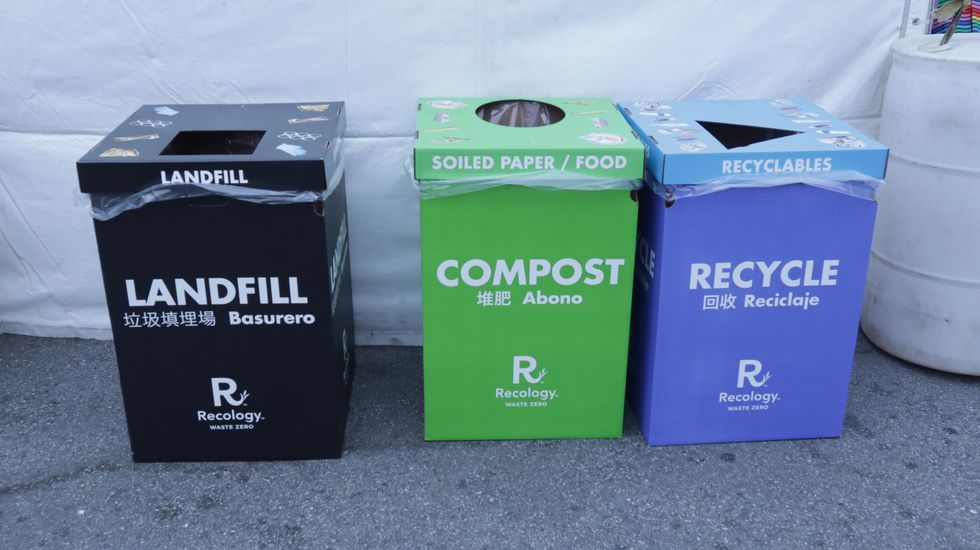
SB 54 requires companies that make, distribute or sell products containing covered plastics and packaging in California to comply with the law individually or join a nonprofit Producer Responsibility Organization (PRO).
Circular Action Alliance will serve as the first PRO leader, according to CalRecycle,and will be responsible for managing industry compliance and will work out how materials addressed by the law are dealt with. Circular Action Alliance is an existing non-profit PRO whose current members include major corporations like PepsiCo, CocaCola, Nestlé, Walmart and Unilever.
The PRO must develop a plan carried out in partnership with municipalities, local government and waste processors or recyclers that addresses, among other things, education and engagement, waste reduction strategies and implementation of recycling technologies and systems. Every five years the plan must be updated and re-submitted to CalRecycle for approval.
“The bill is significant because it requires increased plastics recycling as well as source reduction of plastics." - Isabella Gonzalez Potter, The Nature Conservancy
Over 10 years starting in 2027, the law requires PRO members to pay $5 billion ($500 million per year) into the California Plastic Pollution Mitigation Fund, according to CalRecycle. SB 54 directs 40% of the funds to address impacts on land, water and human health, while the other 60% will support mitigation in communities disproportionately affected by plastic pollution.
“Larger companies and trade organizations with substantial profiles in the marketplace will proactively engage with the state to develop workable approaches to implementing SB 54,” said Gigounas, who leads DLA Piper’s plastics task force, but that “smaller companies and other stakeholders can have voices in the process, too.”
Gigounas told EHN that the private sector has concerns about how the PRO will operate and report to the state – and how the $5 billion in funding will be generated.
“We certainly don't know how the PRO is going to raise the amount of money that SB 54 requires,” Gigounas said.
SB 54, along with similar laws in other states, is already having an important impact: businesses are talking about compliance across sectors, Gigounas said. “That conversation among producers within different industries is absolutely critical, both to complying with the law, but also, in order for us to make progress on dealing with plastic packaging.”
California already has incentives to divert plastic from landfills. These include the California Redemption Value, which refunds a deposit when the consumer returns eligible bottles, cans and plastics to the retailer or a recycling center. Gigounas said laws like SB 54 will lead to more sophisticated systems for dealing with products throughout their lifecycle, including expanded buyback and product return programs. This, in turn, could spur new businesses and activities that support a circular economy, from logistics to new recycling systems to new materials and packaging techniques.
Current plastic waste reduction efforts
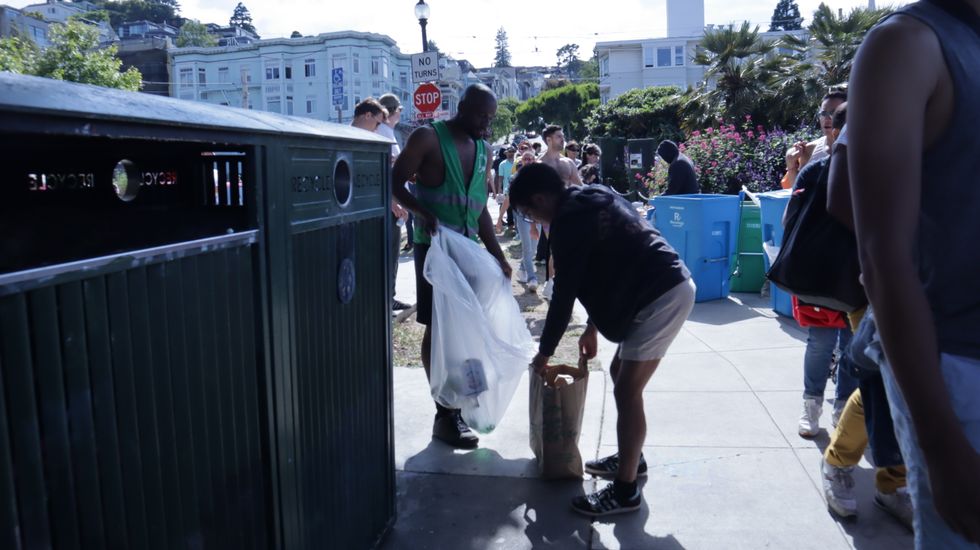
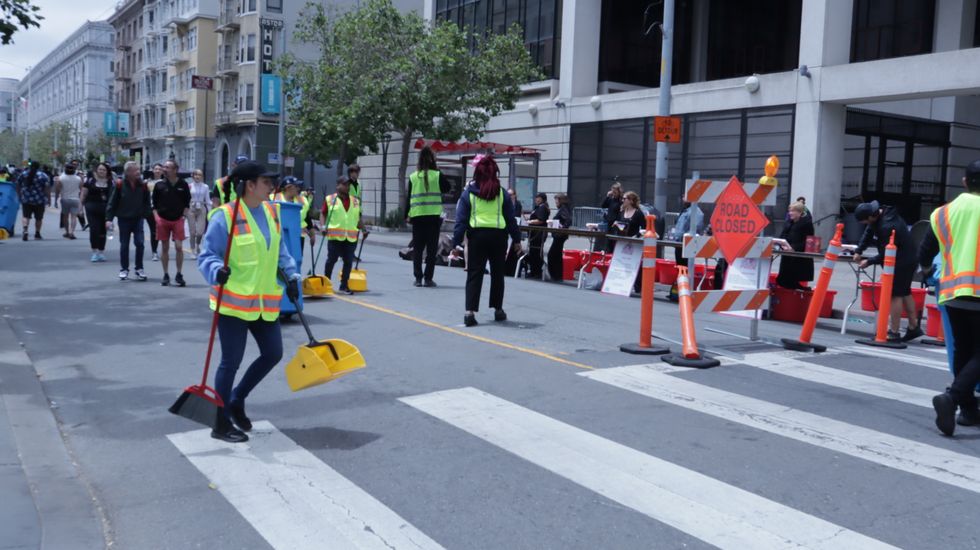
Dozens of California cities and counties already have or are developing zero waste policies, according to CalRecycle. San Francisco, for example, has several waste reduction policies, including restricting problematic items like small plastic stirrers, bags and other food wares.
But waste reduction can be costly for small businesses. One San Francisco program provides small grants of up to $700 per restaurant to cover the costs of buying reusable foodware. More than 90 restaurants now participate, according to the San Francisco Environment Department.
The House of Dim Sum in Chinatown is among them: The restaurant received a modest $429 from the program in 2021 to eliminate disposable products for sit-down dining. It saved more than $33,000 a year and reduced its waste by 7.2 tons annually, according to the city’s environment agency.
Environmental justice concerns persist
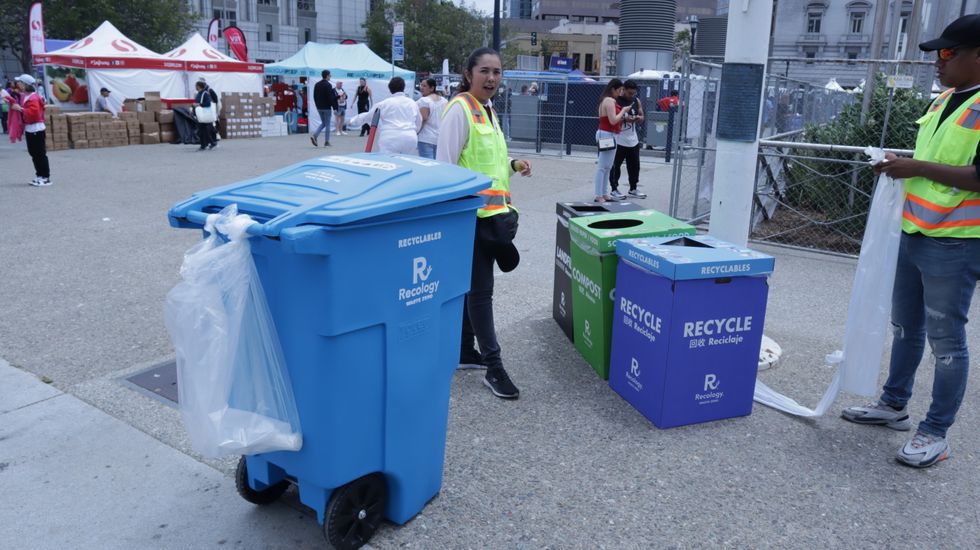
Some environmental and health groups remain concerned that the new law doesn’t go far enough.
Mithzy Hernandez, a communications manager for Physicians for Social Responsibility Los Angeles, which advocates for policies that improve public health, told EHN via email that while the new law holds promise, challenges remain when it comes to protecting vulnerable communities. Hernandez described the health impacts suffered by residents living near plastic manufacturing, recycling and disposal facilities. SB 54, she said, fails to directly tackle toxic pollution and associated health issues faced by frontline communities and workers.
“Continued vigilance and active engagement with environmental justice organizations are crucial to refining the law’s effectiveness and maximizing its positive impact on communities affected by plastic pollution,” Hernandez said.
She added that, in her opinion, more emphasis on non-toxic plastic alternatives is needed. Groups like Beyond Plastics, the Plastic Pollution Coalition and Physicians for Social Responsibility have also noted that the law contains potential loopholes and doesn’t require elimination of toxic substances like PFAS from food wares and packaging.
Another concern is that SB 54 does not ban polystyrene, or styrofoam, foodware and packaging linked to pollution in frontline communities. But the obligation to meet ramped-up recycling rates for plastic foodware and packaging should eliminate a lot of problem plastics – including expanded polystyrene, told EHN Tara Brock, Pacific counsel for the international ocean conservation group Oceana and part of the team of environmental advocates that helped negotiate and draft California SB 54.
“Continued vigilance and active engagement with environmental justice organizations are crucial to refining the law’s effectiveness and maximizing its positive impact on communities affected by plastic pollution.” - Mithzy Hernandez, Physicians for Social Responsibility Los Angeles
SB 54 uses a set of tools to address plastics and get rid of the most egregious plastics, such as requiring them to be recyclable and compostable, which many of the worst plastics are not, because they are toxic, or simply don't have a market, or they’re hard to recycle,” Brock said.
Nationwide, the U.S. Environmental Protection Agency (EPA) estimates that only 3.6% of expanded polystyrene containers and packaging are recycled. Under SB 54, polystyrene cookware must meet a 25% recycling rate by 2025 – a goal that industry is unlikely to reach, said Brock.
“Given what we know about the recyclability of that product, we're very confident that the industry won't be able to meet [the recycling goal] and that product will be phased out in California starting Jan. 1, 2025.”
For California residents and businesses, now is the time to provide input to CalRecycle as it drafts regulations and clarifies the PRO’s responsibilities, according to Gigounas.
“We all share responsibility for solving this problem,” he said. “Consumers need to be more thoughtful about how recycling gets done, municipalities need to be more thoughtful about how recycling infrastructure is built and maintained and then businesses need to be very thoughtful about how plastic packaging gets introduced into the supply chain.”
To participate in the conversation and receive updates about SB 54 implementation, visit CalRecycle.






